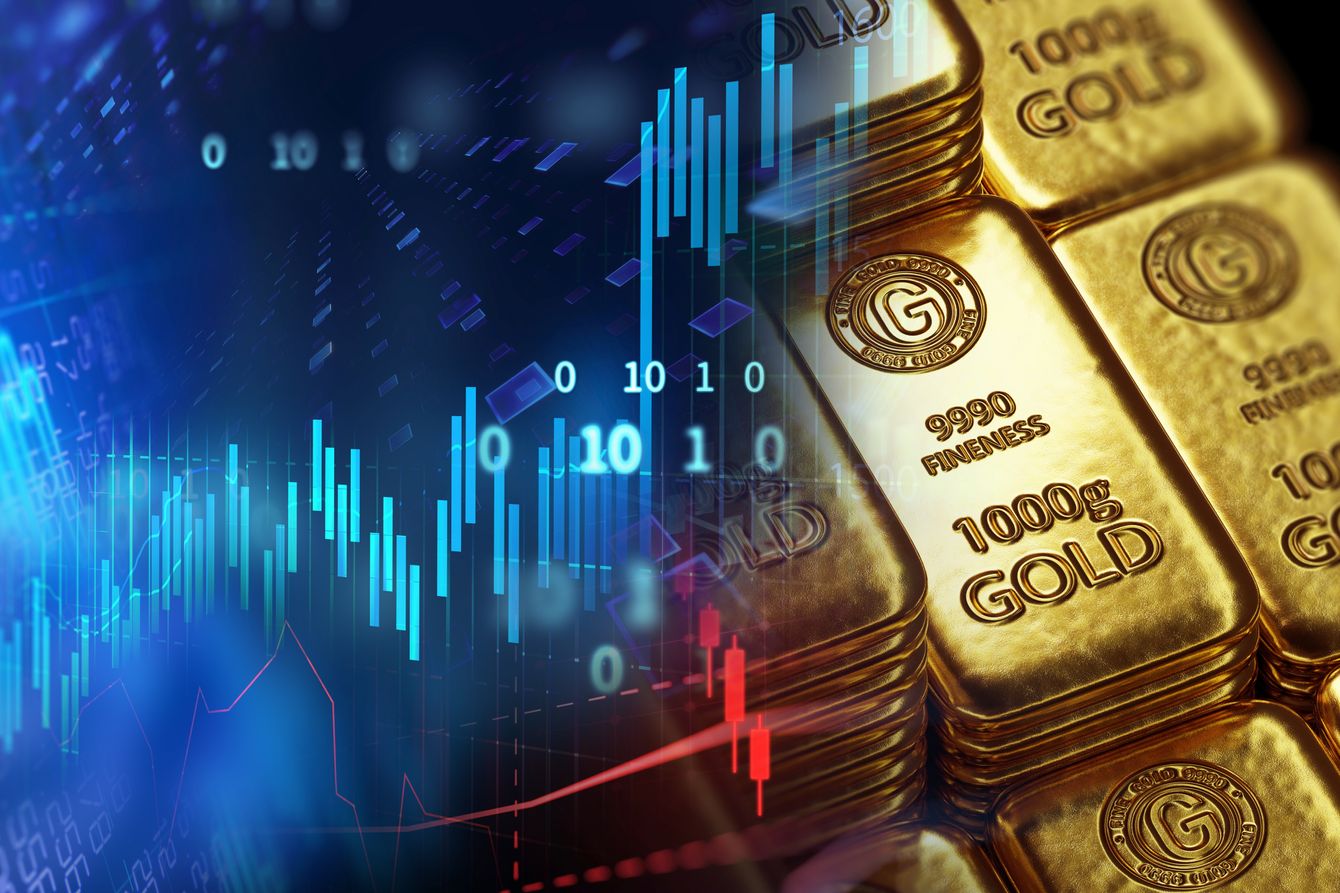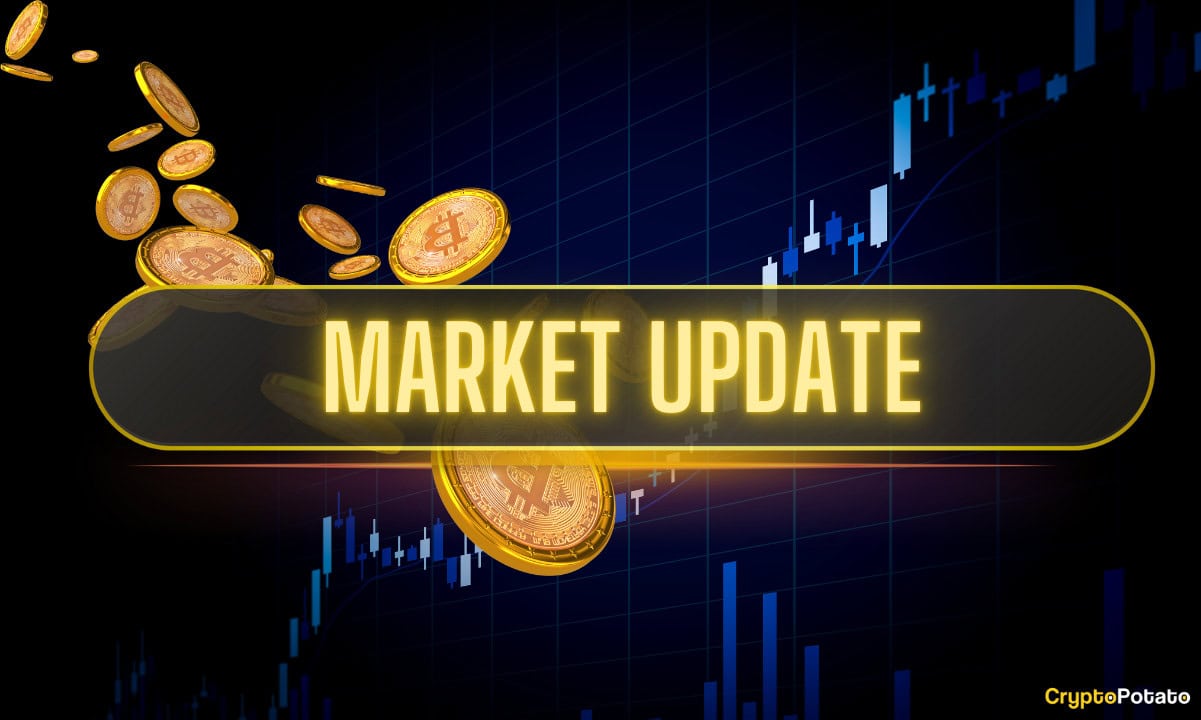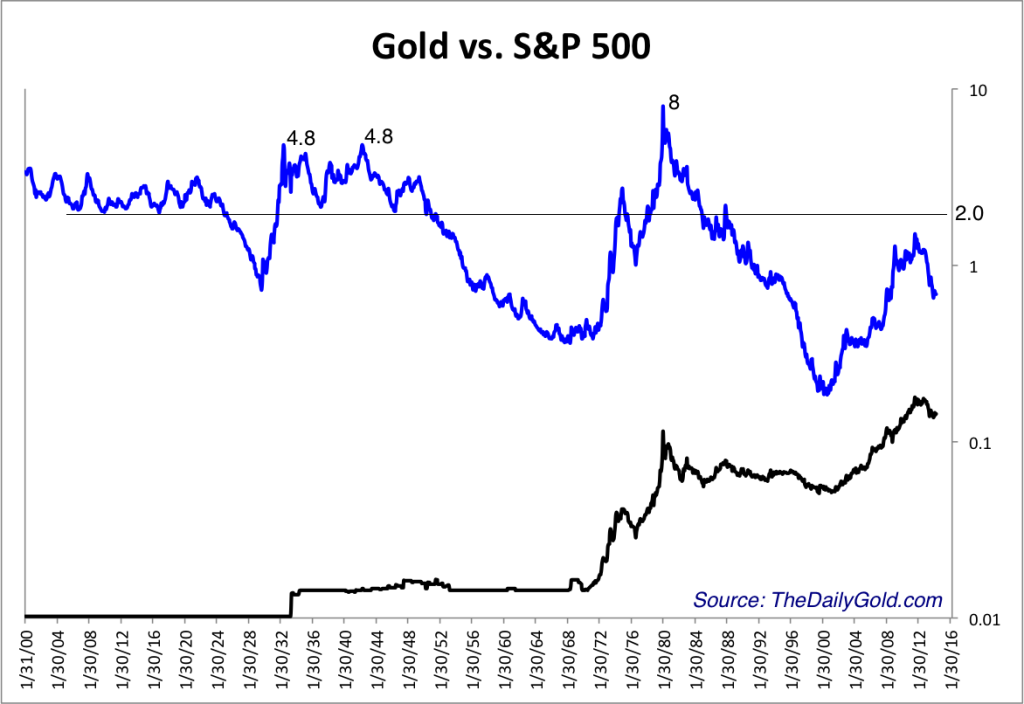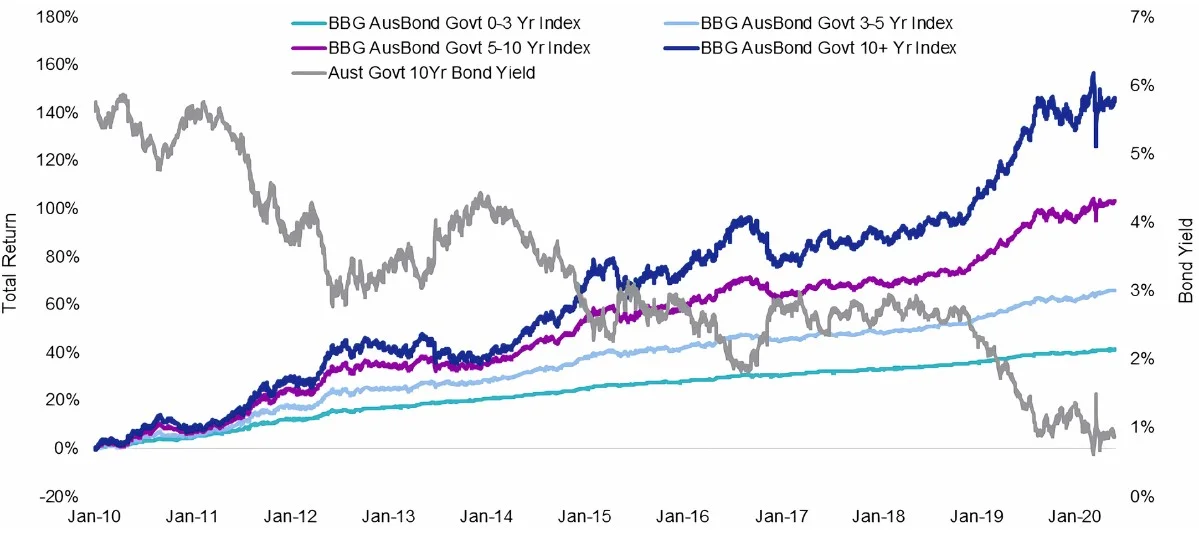Alright folks, let’s talk gold. Galaxy Securities is throwing some cold, hard truth our way: don’t expect a massive breakout just yet. We’re stuck in a range, and escaping it hinges on two major catalysts – a U.S. Federal Reserve rate cut, or a serious explosion in physical gold demand.
Let’s be real, the market is obsessed with the Fed. If the U.S. economy stumbles into stagflation and the Fed doesn’t react with easing, gold will likely grind higher, but it won’t be fireworks. It’s a slow burn in that scenario.
However, a recession is a different beast. In a full-blown downturn, gold will likely get dragged down with other commodities – a painful, but often temporary, correction. The true lift-off will come when the Fed finally caves and starts cutting rates.
Here’s the kicker: Galaxy Securities now sees the trading range for gold sitting higher, between $3150 and $3550. A rate cut? We’re looking at a potential surge past $3700. Don’t dismiss the physical demand either, particularly from Asia – a strong resurgence there could provide the needed boost in the second half of the year.
A Deeper Dive: Understanding the Dynamics at Play
Gold’s performance is deeply intertwined with macroeconomic forces. A key concept is the ‘real interest rate’ – the nominal interest rate minus inflation. Lower real rates are generally bullish for gold, reducing the opportunity cost of holding a non-yielding asset.
Stagflation, combining slow growth with rising prices, is a particularly gold-friendly environment. The Fed’s dilemma – fighting inflation without triggering a recession – often leads to policy paralysis, supporting gold.
Conversely, a recession, while initially boosting safe-haven demand, can also lead to margin calls and forced selling, temporarily depressing prices. The market will be laser-focused on the Fed’s response to any economic slowdown.
Finally, the demand for physical gold—bars, coins, jewelry—can powerfully influence price, especially in regions with a strong cultural affinity for the metal. This ‘hidden demand’ is often underestimated by financial markets.






